Barangaroo’s long journey back to harbourside paradise
A STRETCH of parkland on Sydney Harbour has come full circle. As the new Barangaroo opens to the public for the first time tomorrow, the site can finally be said to be restored to its former green beauty.
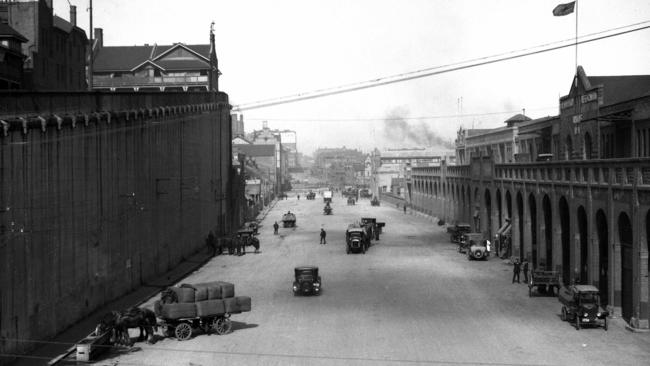
Today in History
Don't miss out on the headlines from Today in History. Followed categories will be added to My News.
A STRETCH of parkland on Sydney Harbour comes full circle this weekend. As the new Barangaroo development opens to the public for the first time tomorrow, the site can finally be said to be restored to its former green beauty.
Before 1788 this strip of waterfront was a virtual paradise for the indigenous Cadigal. Here they could camp, forage for food or just enjoy being beside the pristine bay.
That serenity was invaded by colonists who arrived at first to picnic but over the years transformed the shoreline into wharves, housing, factories and later a concrete industrial wasteland, eliminating its Cadigal past.
Evidence of shell middens, around Sydney suggests the Cadigal had been around Sydney Harbour for at least 14,000 years before the First Fleet arrived in 1788 and evidence from the site that would become Barangaroo suggests it was a popular place for the Cadigal to enjoy the local bounty of seafood for at least 6000 years.
SHARING THE BEAUTY
A taste for clams, fish and oysters also drew many of the earliest colonists to the bay they called Long Cove.
People would make their way from the increasing clutter and confusion of the main settlement around Sydney Cove to picnic and enjoy tasty treats plucked from the rocky shore and from the waters of the neighbouring Long Cove — the northernmost part of which became known as Cockle Bay because of the number of shellfish and shell middens found there.
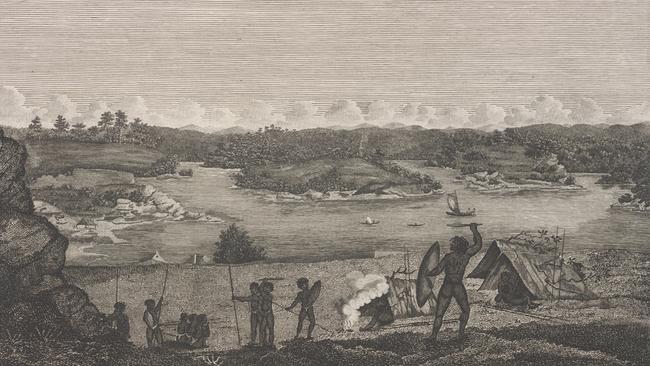
While relaxing away from the town centre colonists encountered indigenous people going about their business as they had done for centuries. Although the smallpox epidemic in 1789 had an impact on the numbers they encountered, a painting from 1820 shows colonists alongside Cadigal enjoying the foreshore.
By then houses, businesses, windmills and wharves had begun to spring up along with a sandstone quarry.
In 1811 Governor Lachlan Macquarie commissioned the building of the first wharf along the shoreline of Long Cove, known as Market Wharf because it linked up with markets he had also commissioned. It was south of what is today Barangaroo and more wharves were then built at Millers Point and Walsh Bay in the 1820s.
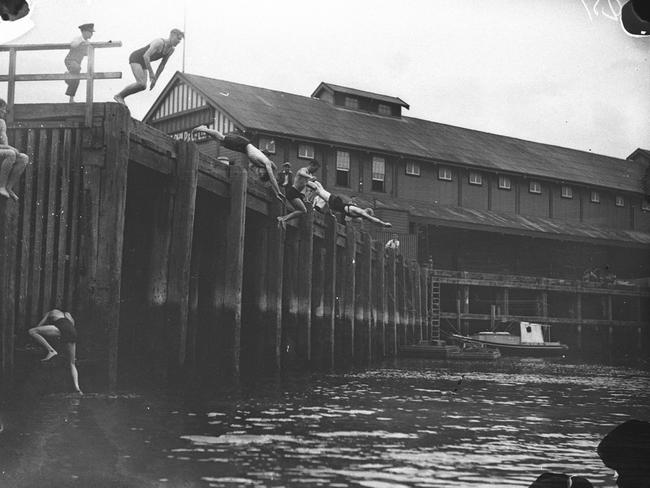
PARADISE LOST
In 1826 Long Cove was renamed Darling Harbour by a less-than-humble Governor Ralph Darling, but people continued to refer to the upper part of the cove as Cockle Bay. As the area became more of a working dockland, it became less desirable as a picnic spot.
The Australian Gas Light company, formed in 1836, built a large gas works there in 1843 using mainly sandstone quarried at the site. By the 1850s the once green foreshore had become largely industrial or geared to the support of Sydney’s maritime industry. Several main streets were extended down to wharves along the shore, taking some of the overflow from the main port at Sydney Cove.
As the years passed more wharves were built at Cockle Bay but by the 1870s many were becoming ramshackle and unsuited to modern shipping practices. Many were demolished and the waterfront modernised.
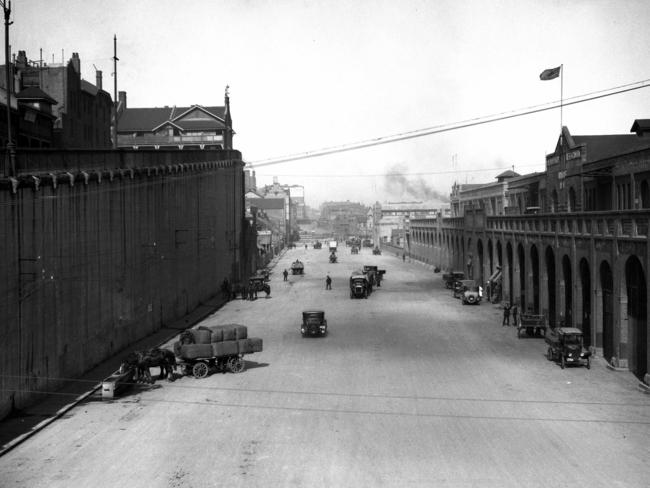
PLAGUE ON OUR TOWN
As a result of the plague outbreak in 1900, the government resumed more of the foreshore to further improve dock facilities. The headland at Millers Point was squared off, creating Dalgety’s Wharf in 1903, primarily for handling wool shipments.
Old houses, wharves and other structures were demolished and in 1909 Hickson Rd was built to give better access to the docks. During the Depression long lines of wharfies looking for work formed outside the docks, leading a stretch of Hickson Rd to be dubbed the “Hungry Mile”.
After World War II, as shipping adopted container technology, a large concrete apron was installed on the site, straightening out more of the shoreline to accommodate container ships. But while there had been many efforts to enhance road access to the docks, the lack of a direct rail line geared to freight meant the dock was unable to compete with other ports.
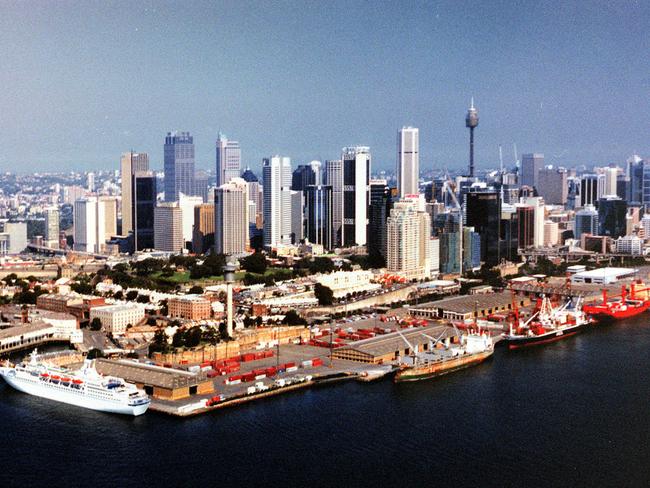
As Sydney headed into the new millennium plans were made to transform the industrial eyesore into a more people friendly urban space. In 2006 it was announced this new area would be known as Barangaroo.
WHO WAS BARANGAROO?
Barangaroo was at one time the wife of Bennelong, the Aboriginal kidnapped by governor Arthur Phillip to be an interpreter, after whom Bennelong Point was named.
No images of Barangaroo are known to exist but Phillip described her as “very straight and exceedingly well made.”
While Bennelong adopted English clothing, Barangaroo would reluctantly accept invitations to dine with the governor but insisted on staying naked, refusing to wear western clothing. She died giving birth in 1791. There is no record of her ever having visited the area now named after her.
ON THIS DAY
1791: Slaves revolt in Haiti, beginning a new chapter in the island’s brutal history.
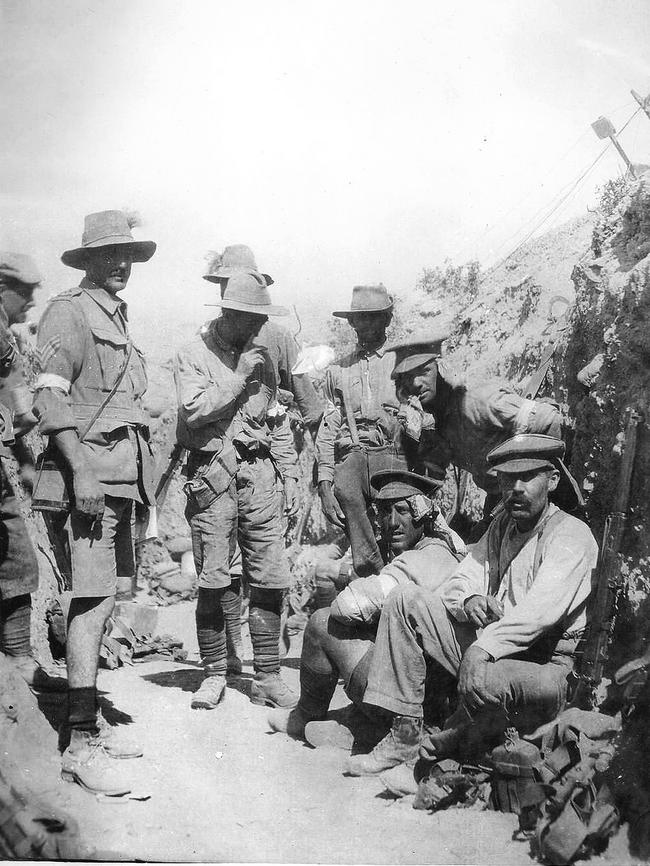
1808: British General Arthur Wellesley uses his thin red line of infantry to defeat French forces at the Battle of Vimeiro.
1829: The Legislative Council meets for the first time in the current Parliament House in Macquarie St, Sydney — then the Rum Hospital.
1831: Nat Turner begins an unsuccessful slave rebellion in the American South that eventually kills 60 people before being stopped by a 3000-man militia.
1841: The venetian blind is patented by John Hampton of New Orleans.
1842: Hobart, settled in 1804, is proclaimed a city. The Tasmanian capital had become a key trading base.
1911: The Mona Lisa is stolen by a Louvre employee. It is recovered two years later when the thief tries to sell it to the Uffizi Gallery in Florence.
1915: Last major fighting on Gallipoli takes place at Hill 60.
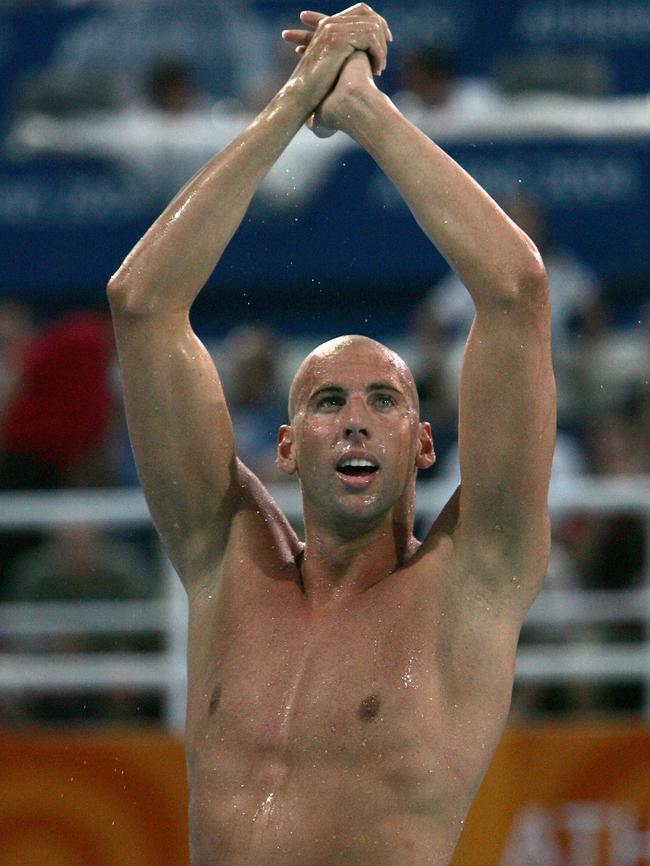
1920: The collier Amelia J leaves Newcastle for Hobart and disappears with the loss of 12 crew.
1930: Bank of England representative Sir Otto Niemeyer tells the Premiers’ Conference they must drastically cut spending.
1943: Curtin wins a landslide election victory, Labor’s best federal election result ever. Dorothy Margaret Tangney (WA) and Enid Lyons (Tas) are the first women elected to the federal parliament.
1995: The NSW police royal commission led by Justice James Wood hears from Det Sgt Trevor Haken, who accuses 35 senior officers of corruption.
2004: Grant Hackett wins the 1500m Olympic freestyle in Athens, repeating his 2000 win and breaking the Olympic record.
Originally published as Barangaroo’s long journey back to harbourside paradise



